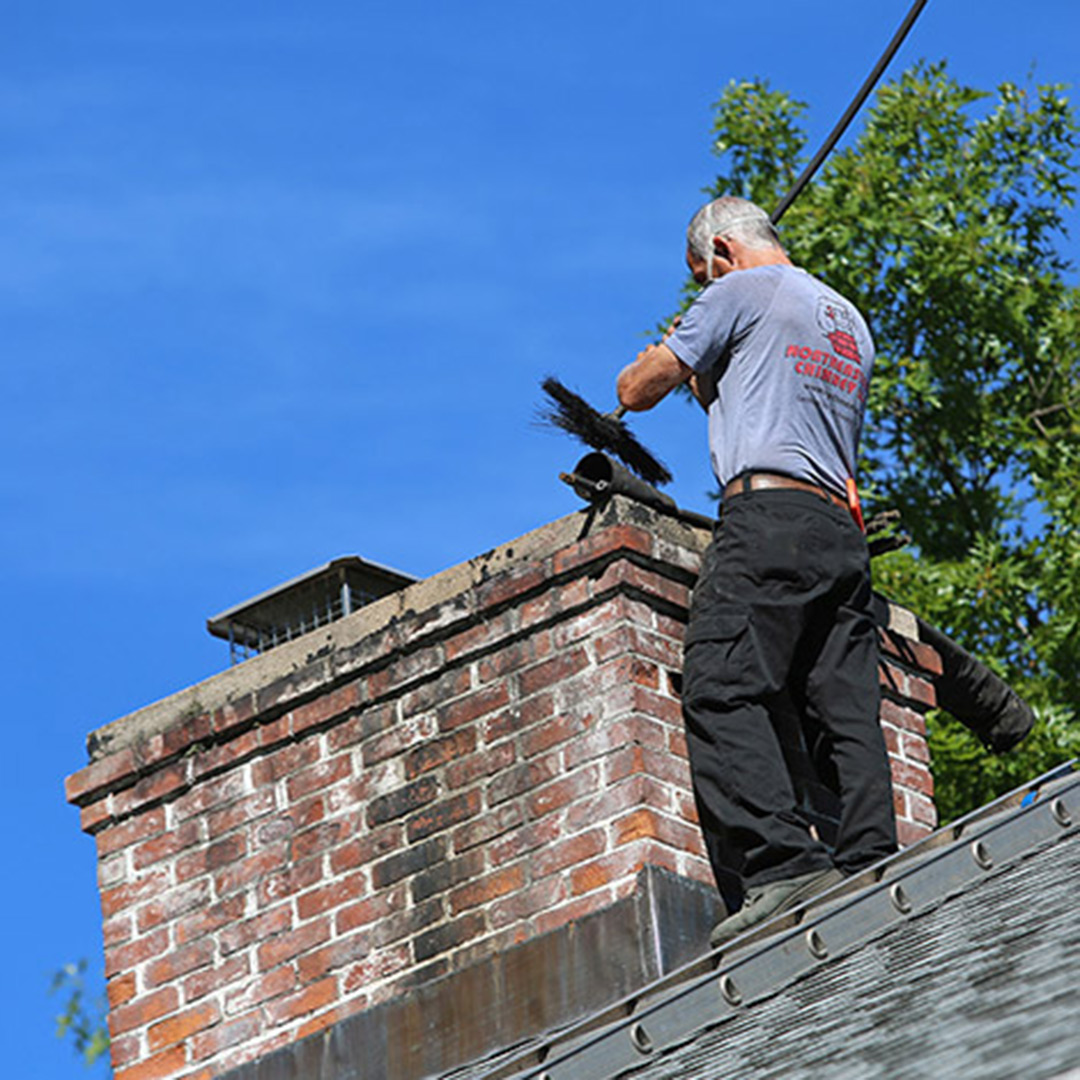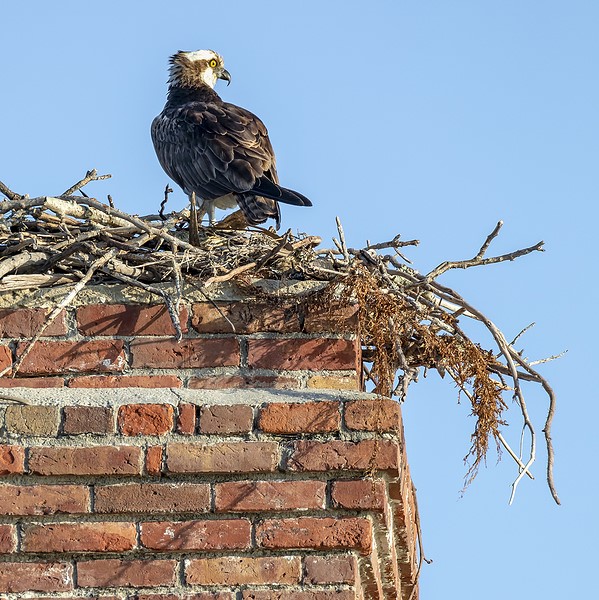How Animals Use Chimneys and Preventative Measures
Your chimney can serve as a cozy shelter for wildlife, including bats, opossums, squirrels, and snakes. These creatures seek refuge from predators and cold weather, but their presence can create a mess inside the chimney. Moreover, their straw nests can become a fire hazard. Unfortunately, it can be tough for some of these animals to escape the chimney, and if they die inside, the organic matter decays, causing an unpleasant odor in your house. Furthermore, their waste can contain toxic contaminants that pose a health risk.
Here are five preventative measures to keep neighborhood wildlife out of your chimney:
 Keep Your Chimney Clean
Keep Your Chimney Clean
Keeping your chimney clean is vital to avoid attracting pests and critters. A chimney that hasn’t been cleaned in a while can emit a scent that attracts them. You should hire a chimney professional to clean your chimney at least once a year, more often, if you use your fireplace frequently.
Install a Chimney Cap / Chase Cover
A chimney cap is a protective rain hat for a masonry chimney, while a chase top covers a manufactured chimney. Installing a cap or cover with a mesh wire screen is highly recommended to keep animals out of your chimney. This type of cap allows smoke to escape while serving as a barrier to prevent animals from entering. Moreover, it helps deflect rain, snow, and wind, keeping your chimney safe from Mother Nature.
Seal Holes or Cracks
Even with a chimney cap or chase cover, mice, snakes, and rats can still enter your chimney, squeezing through any holes or cracks, no matter how small. Remember to inspect the masonry or siding for cracks and seal the gaps to keep out unwanted guests.
Trim Back Trees and Shrubs
Trees and shrubs too close to your house can create a bridge for bats, birds, and other animals to enter your chimney. They can also pose a potential fire hazard if an ember happens to fly out of the chimney and lands on nearby branches. Therefore, trimming any overhanging limbs so that they are at least three feet away from your chimney is recommended.
Use Animal Repellents
We consulted a professional trapper to find out whether animal repellents are effective. While repellents can be a preventative measure, they should not be relied upon solely. Other preventive measures like replacing missing or damaged chimney caps, sealing gaps or cracks in the masonry, and regular cleaning are also necessary to keep animals out of your chimney. Various animal repellents, such as sprays, granules, and liquids, are available in the market, which can deter animals from entering your chimney.
 Live Animal Removal
Live Animal Removal
If you think you have a live animal in your chimney, don’t try to catch it yourself. It can bite, and you could get sick from bacteria or any disease the animal may carry. Contact your local chimney removal specialist or Northeastern Chimney if you reside in central Connecticut.
Chimney Cap Repair/Installation in Greater Hartford, CT
Northeastern Chimney LLC is your premier CSIA-certified chimney inspection, cleaning, and repair provider in Bristol, Granby, Southington, and central CT townships. Call (860) 233-5770 or contact us online to consult with a Certified Chimney Sweep®.
The post How Animals Use Chimneys and Preventative Measures appeared first on .
This post first appeared on https://www.mychimney.com